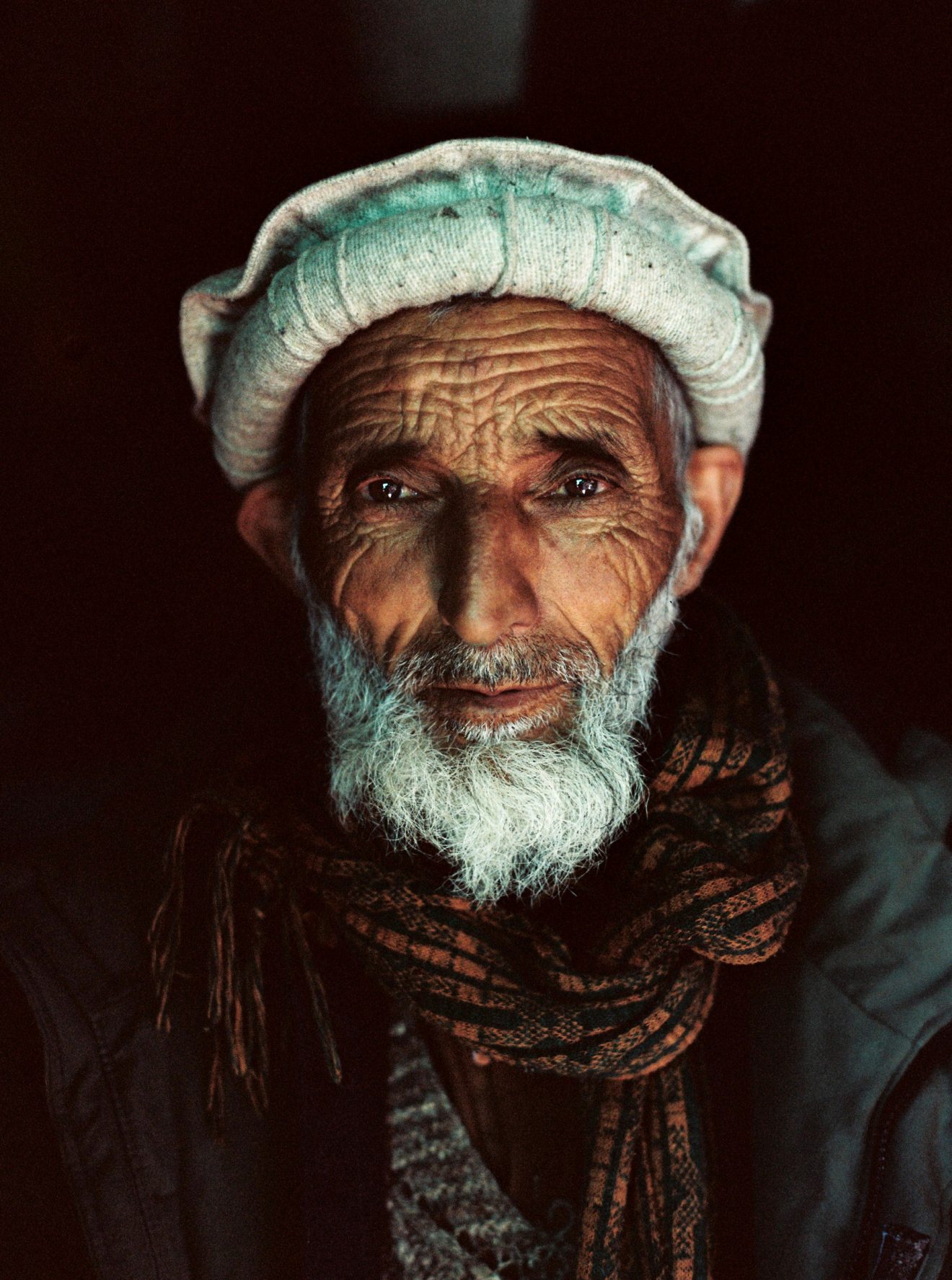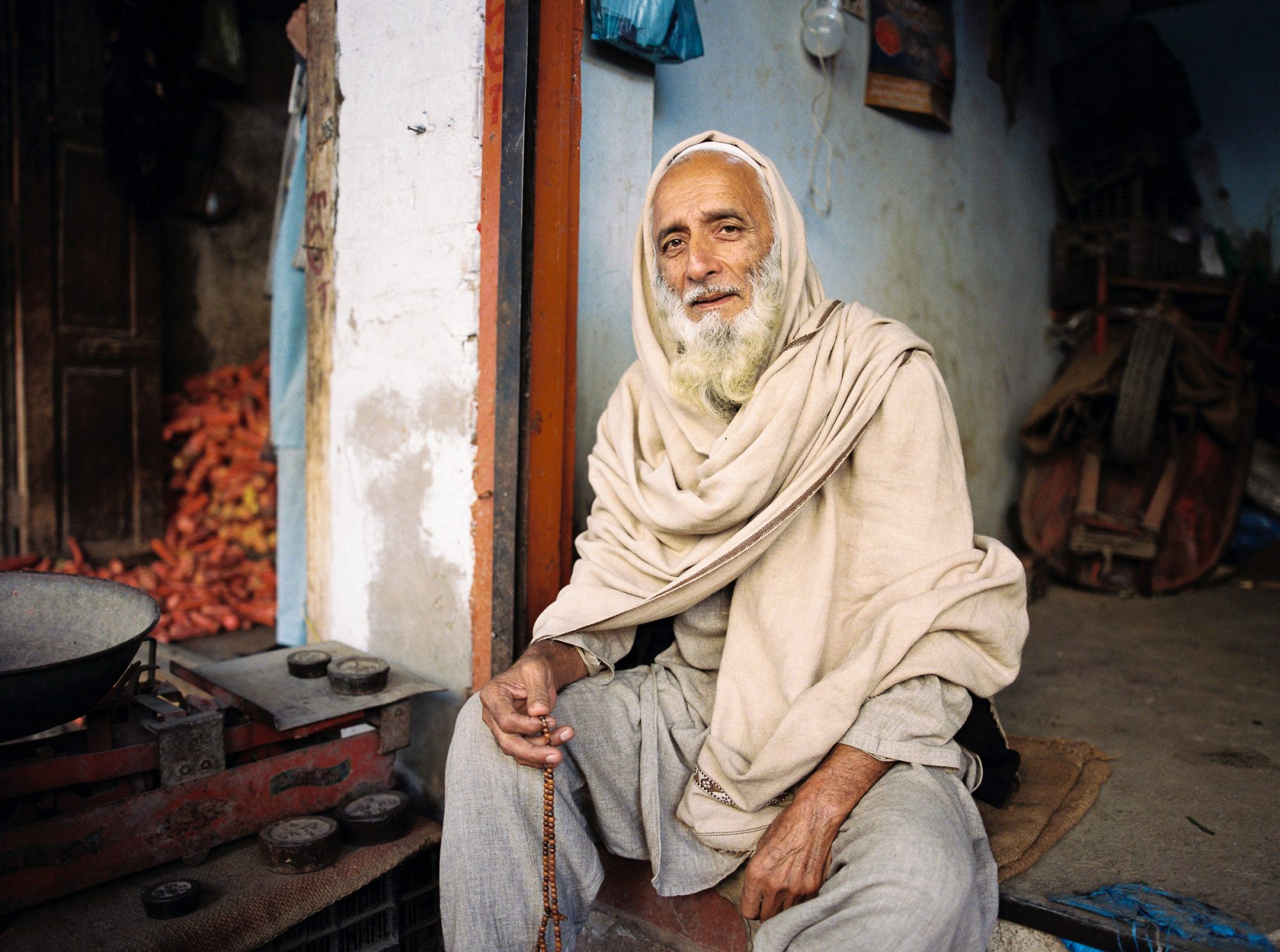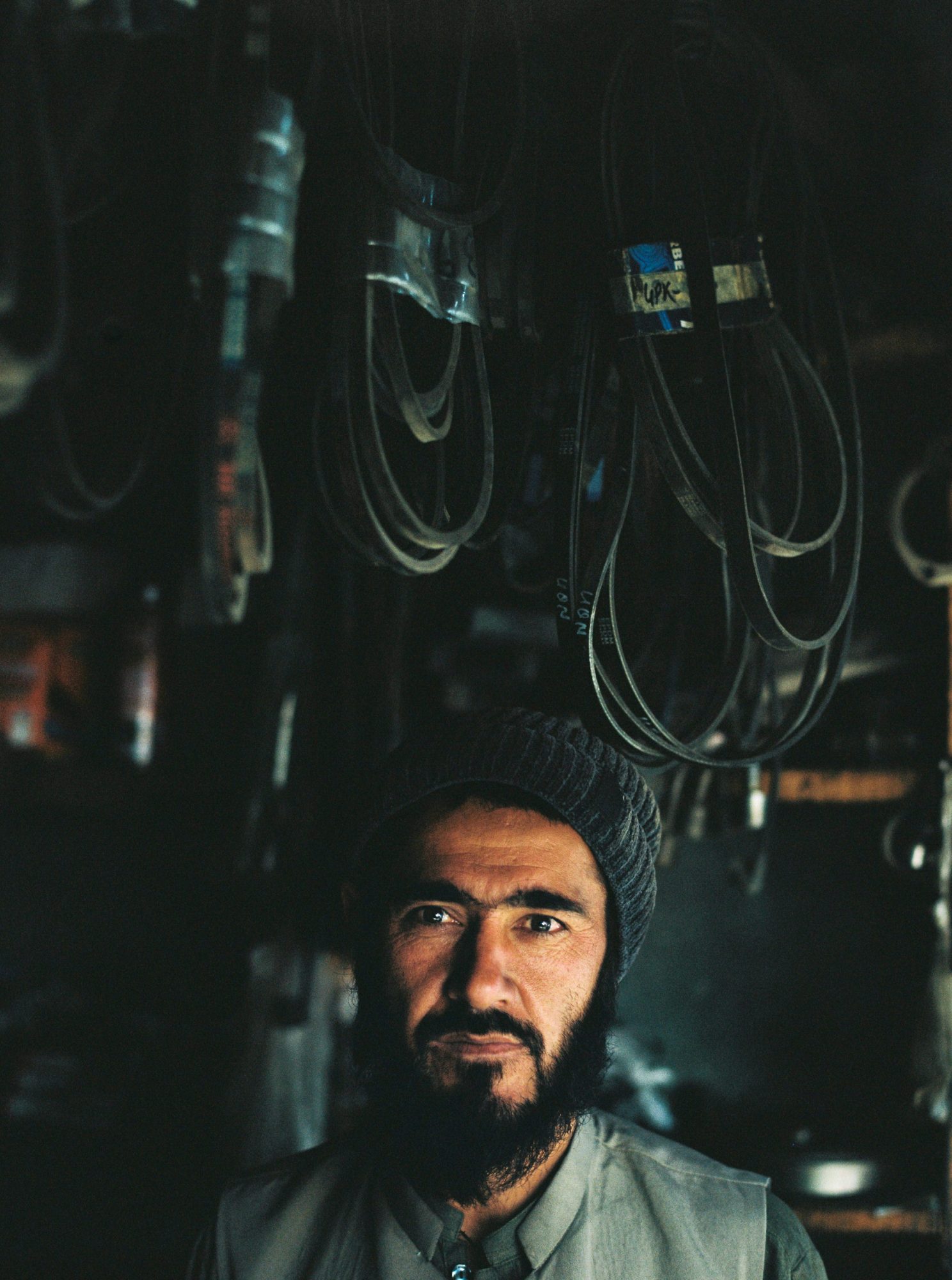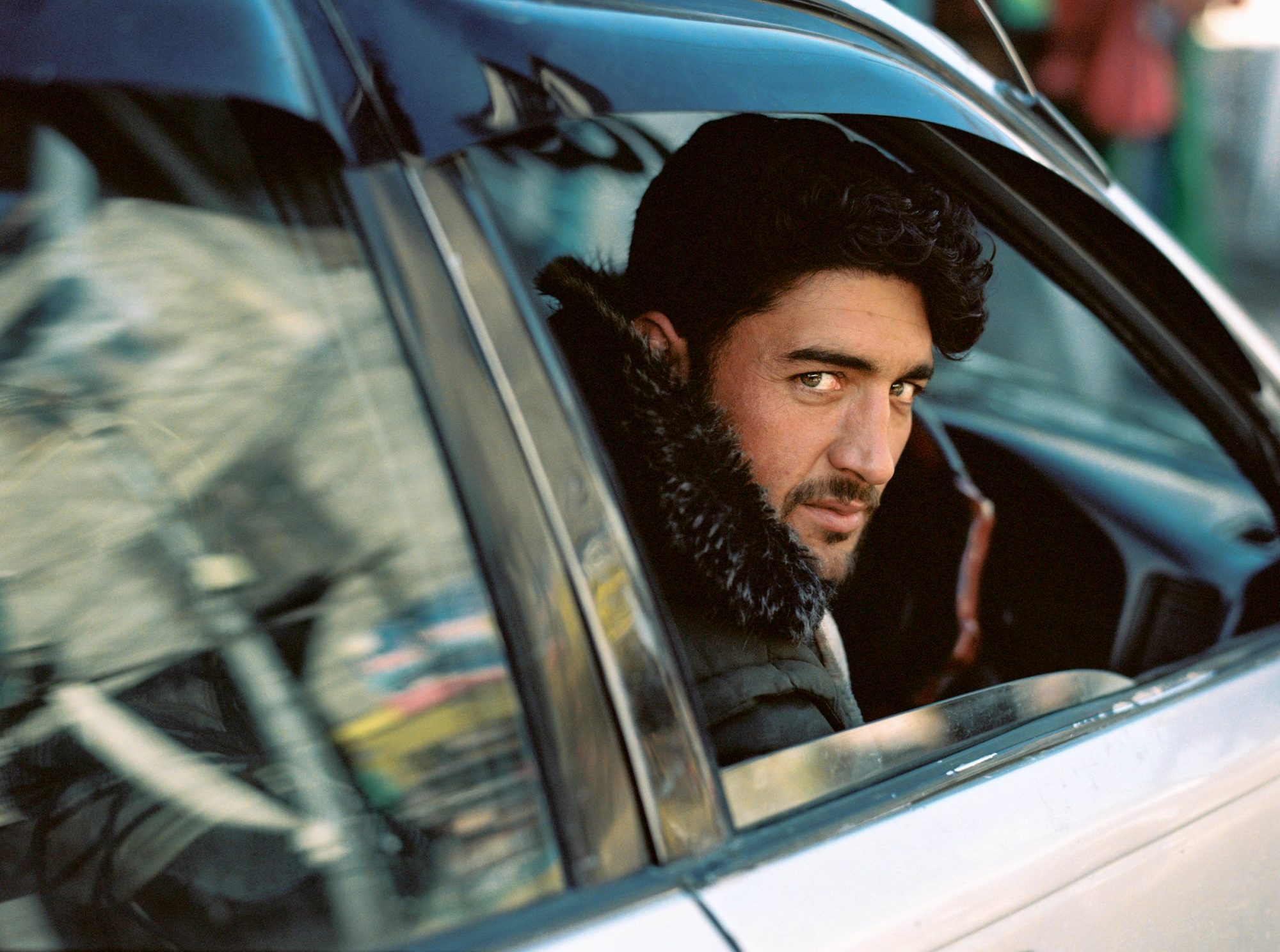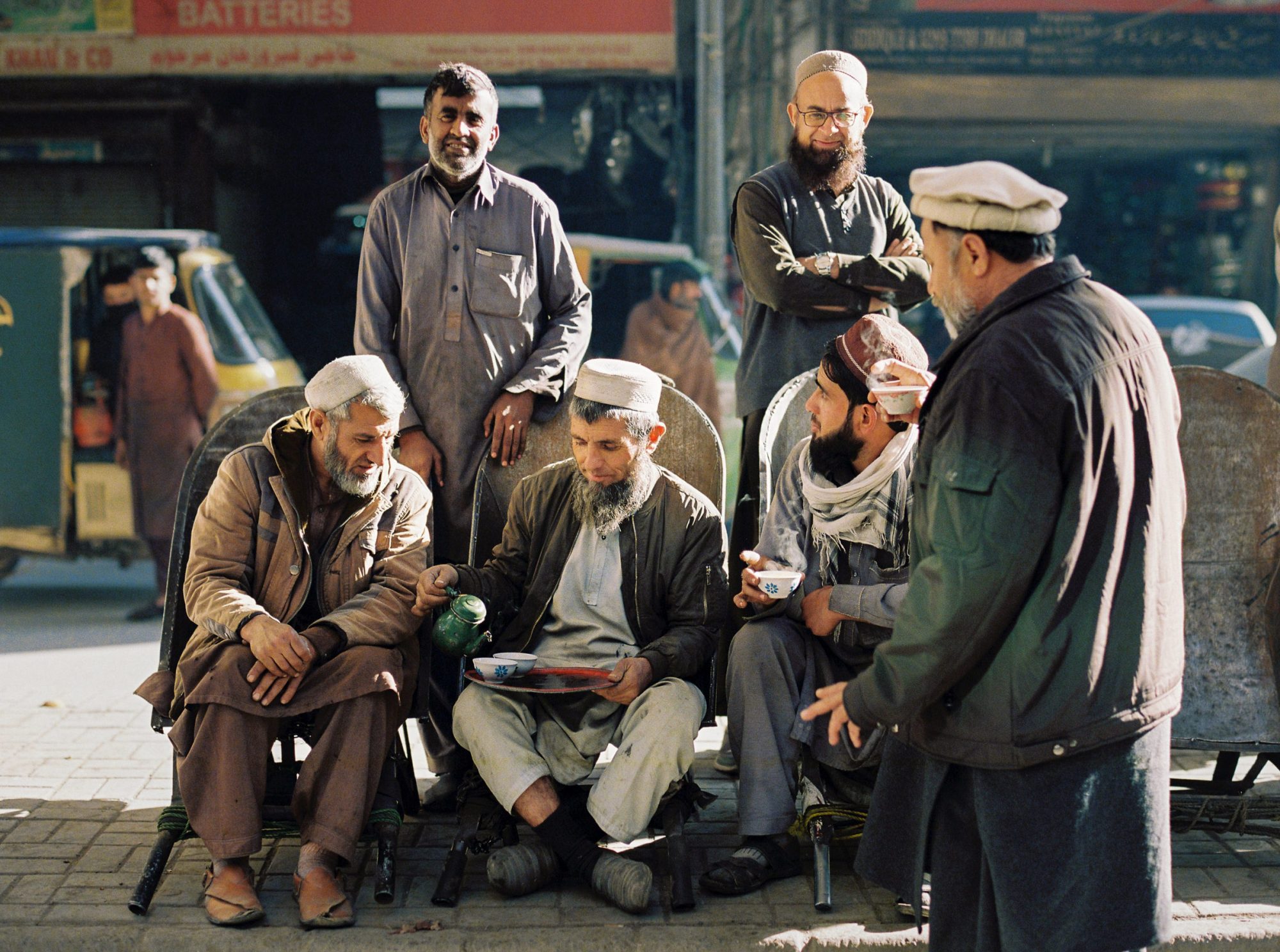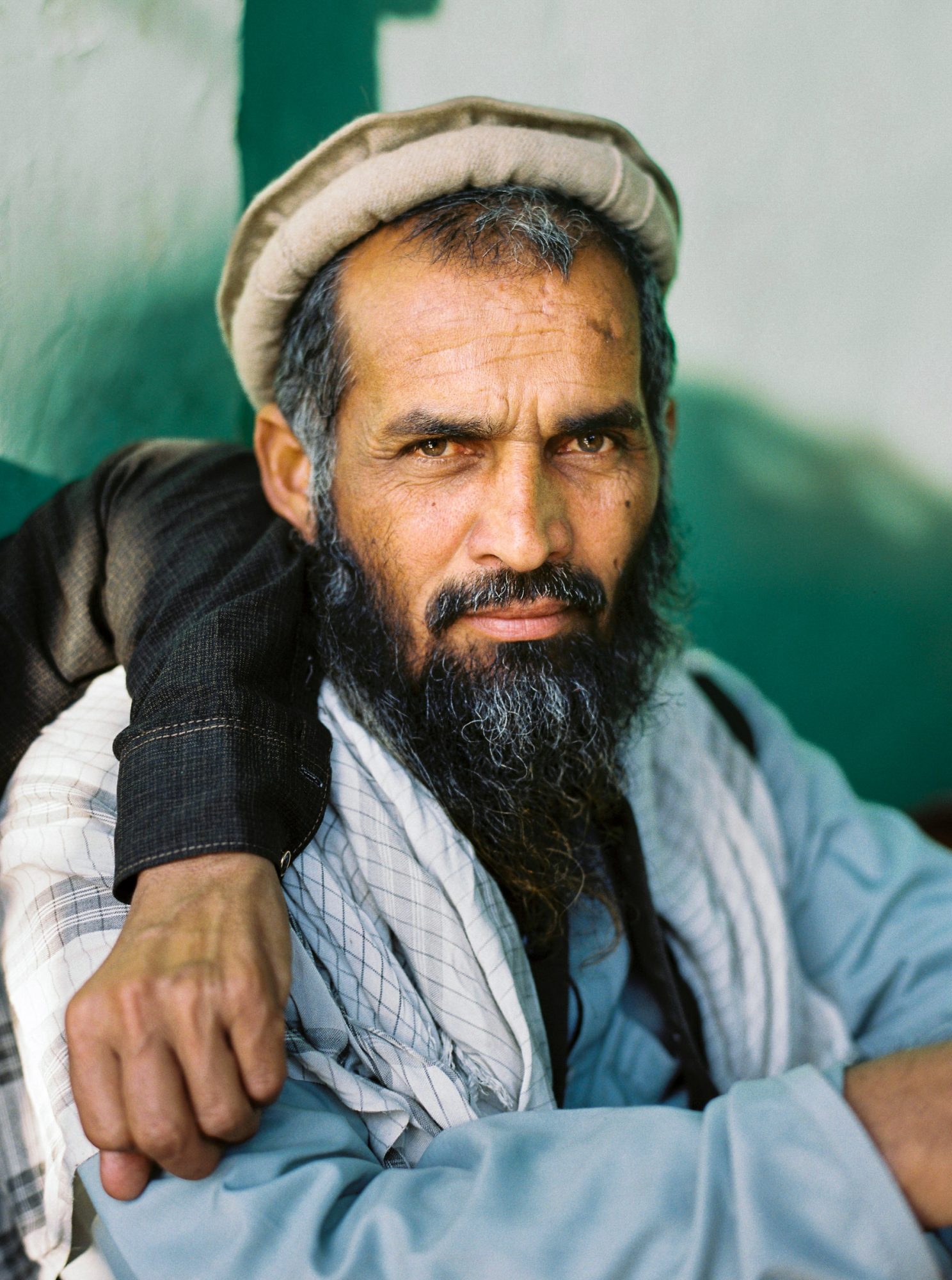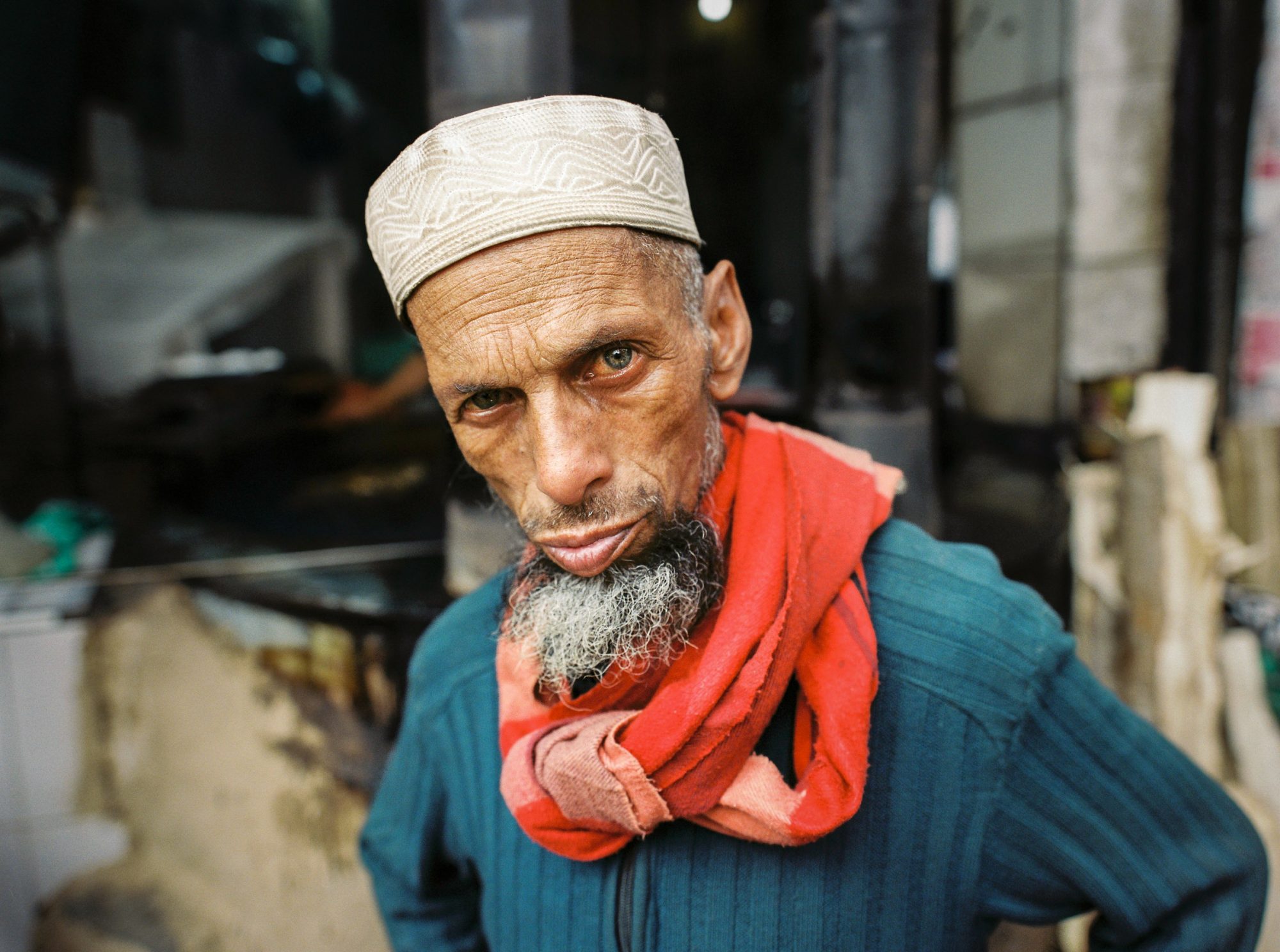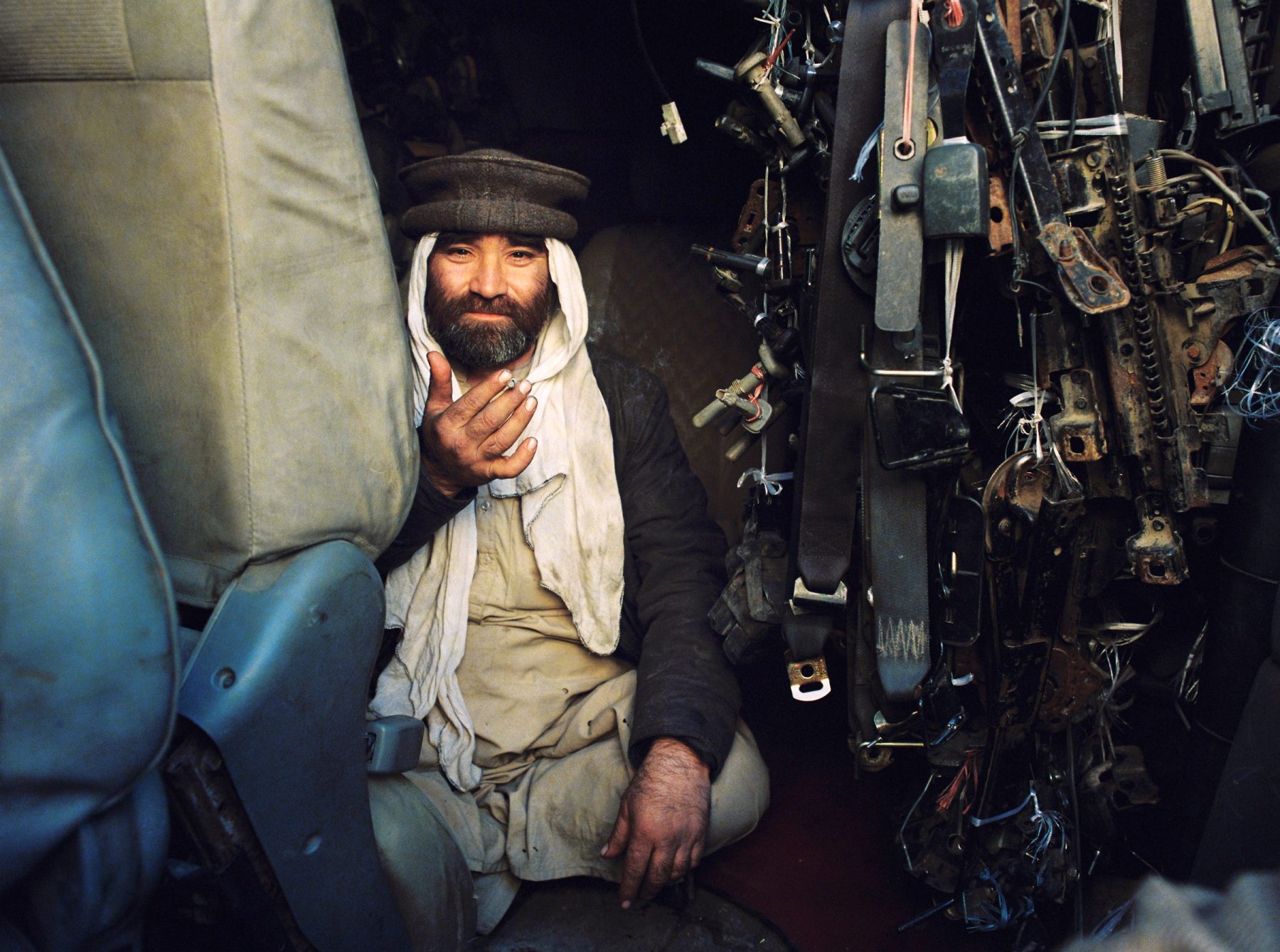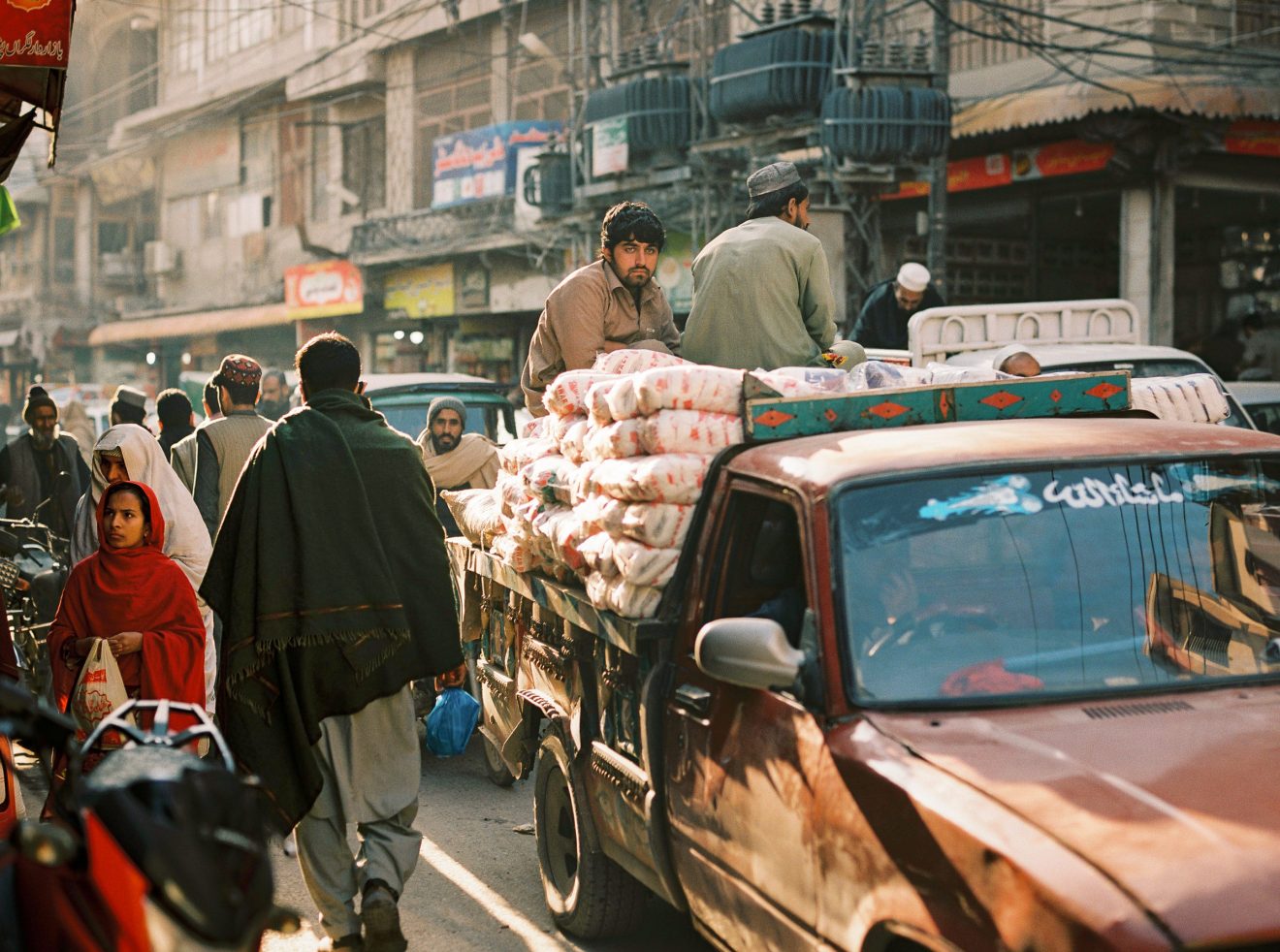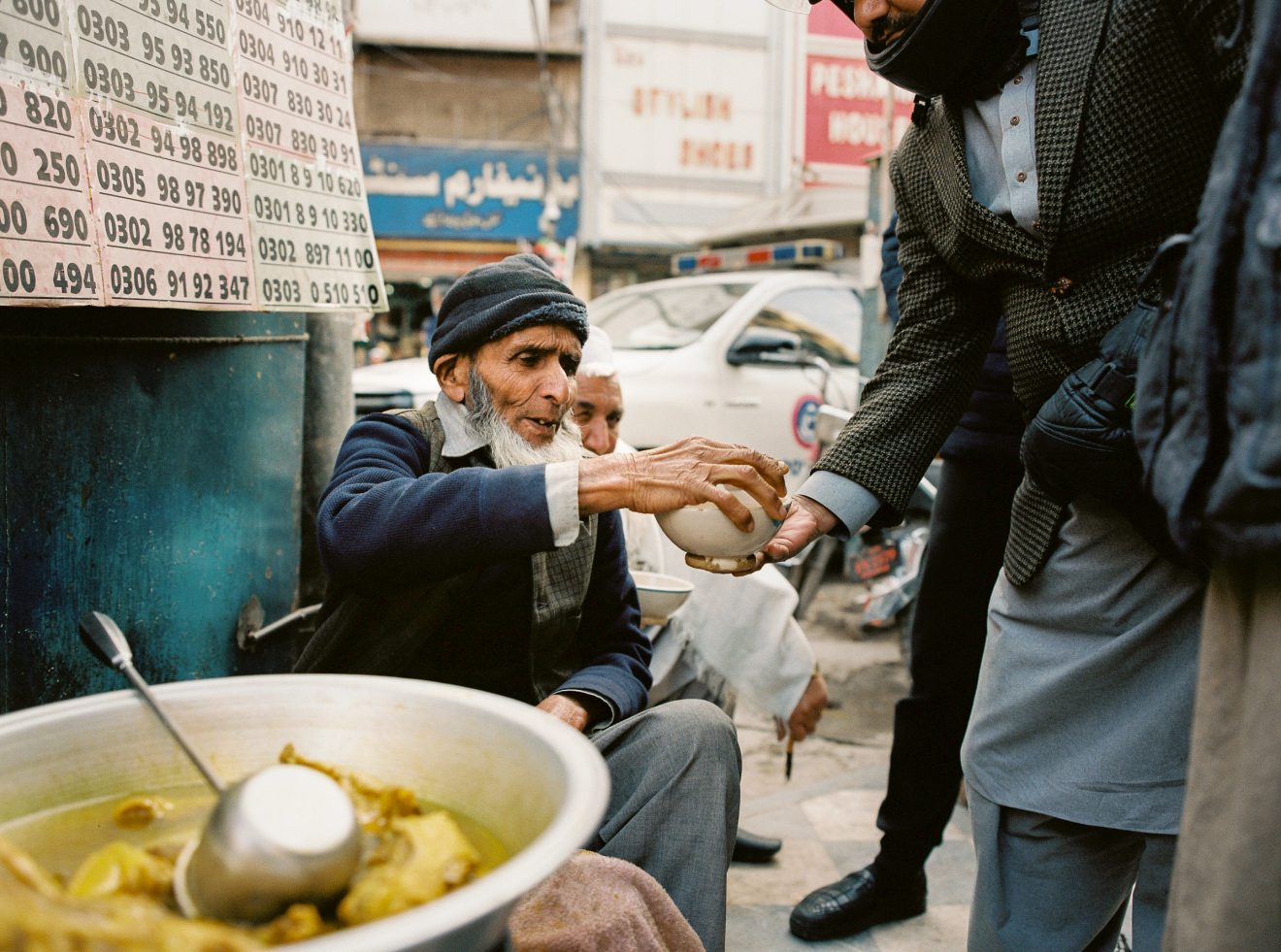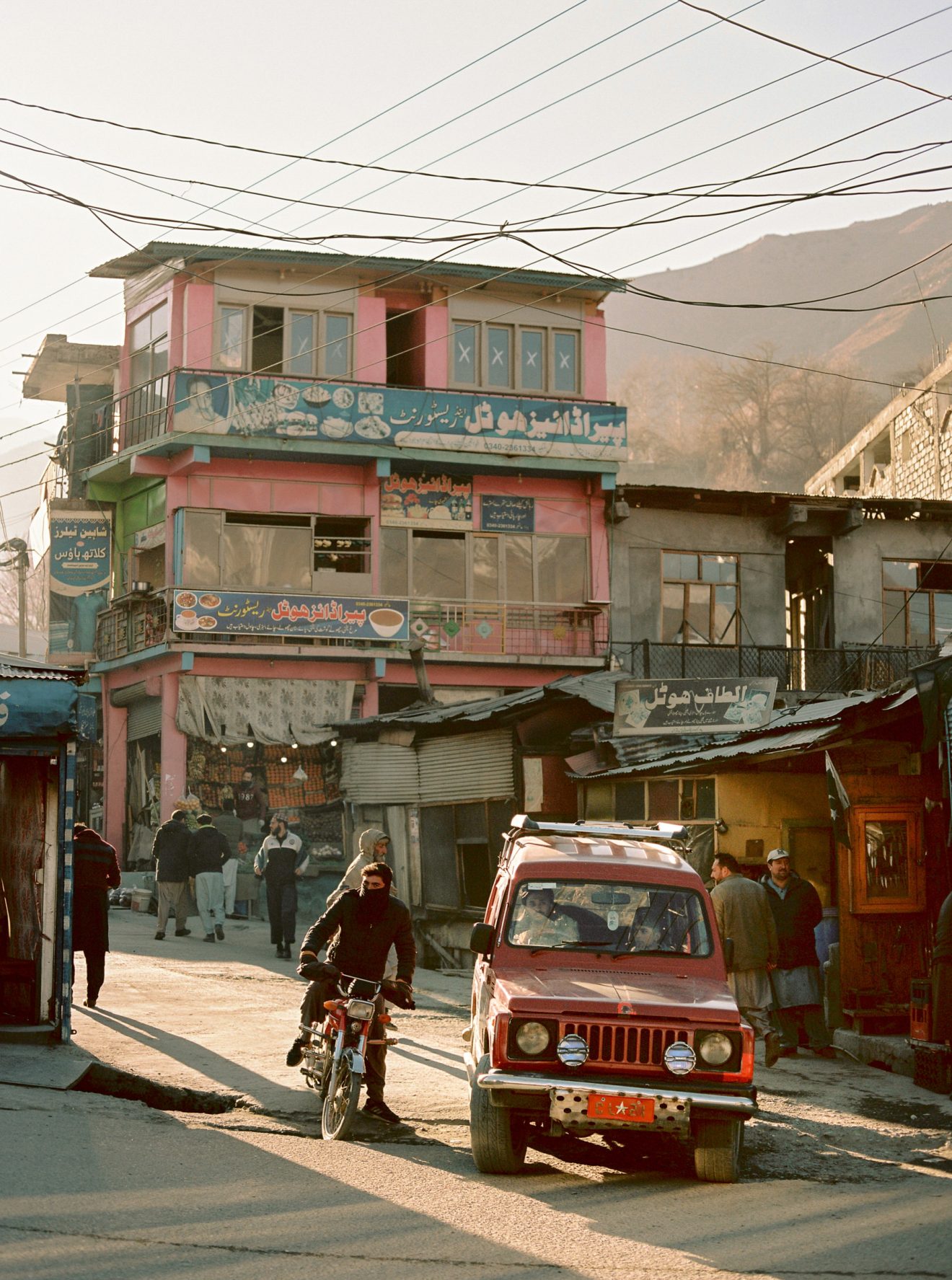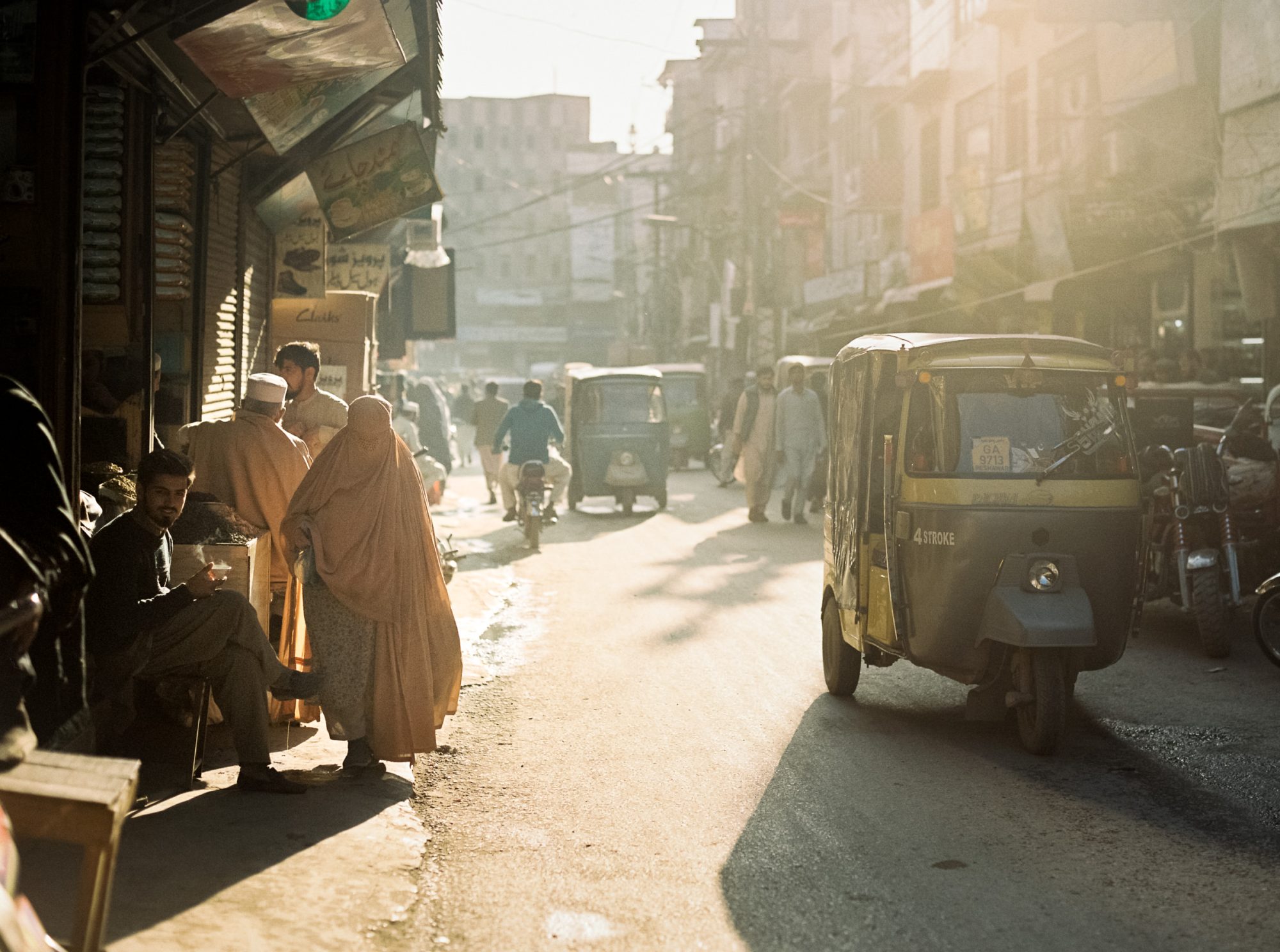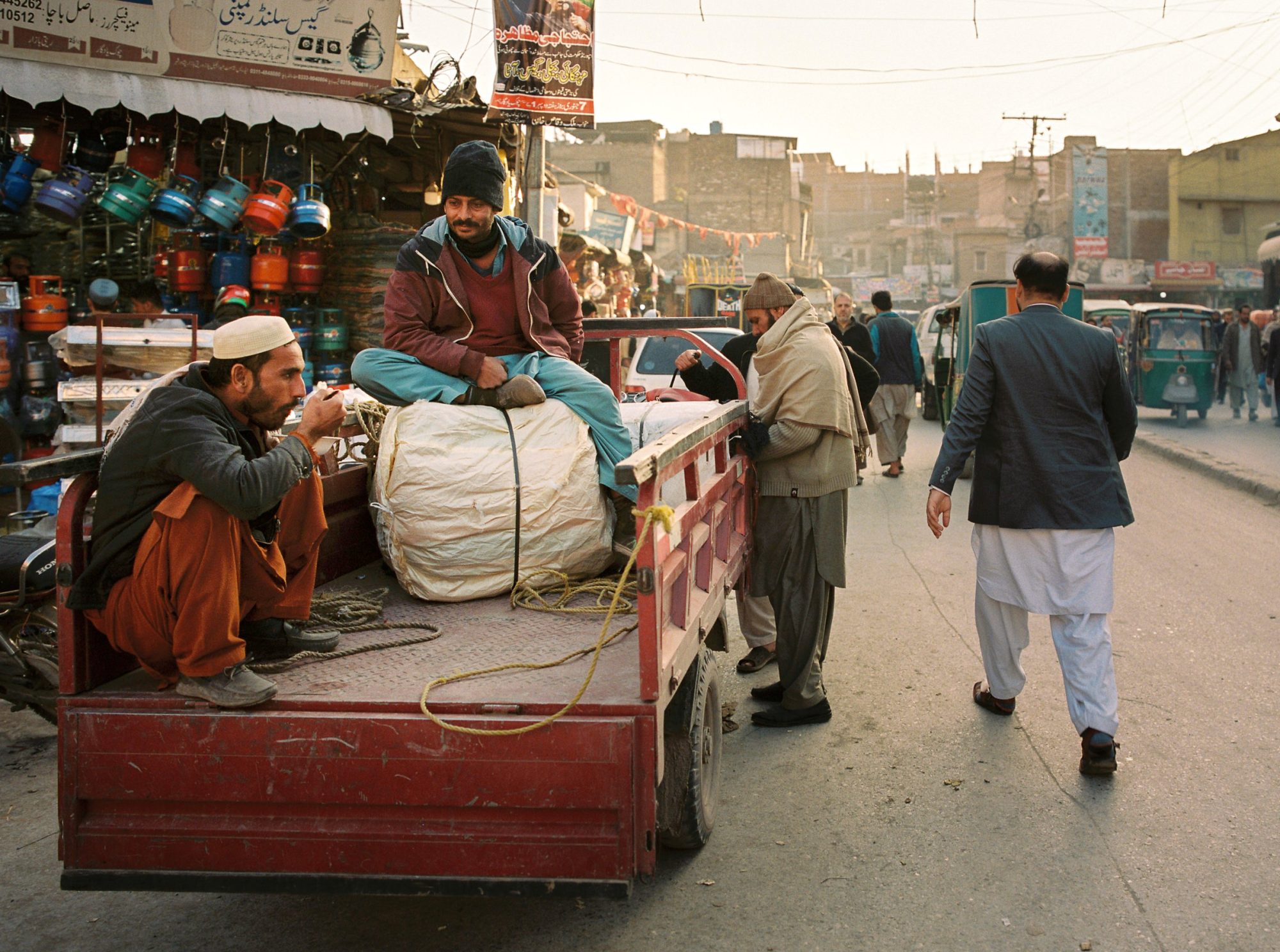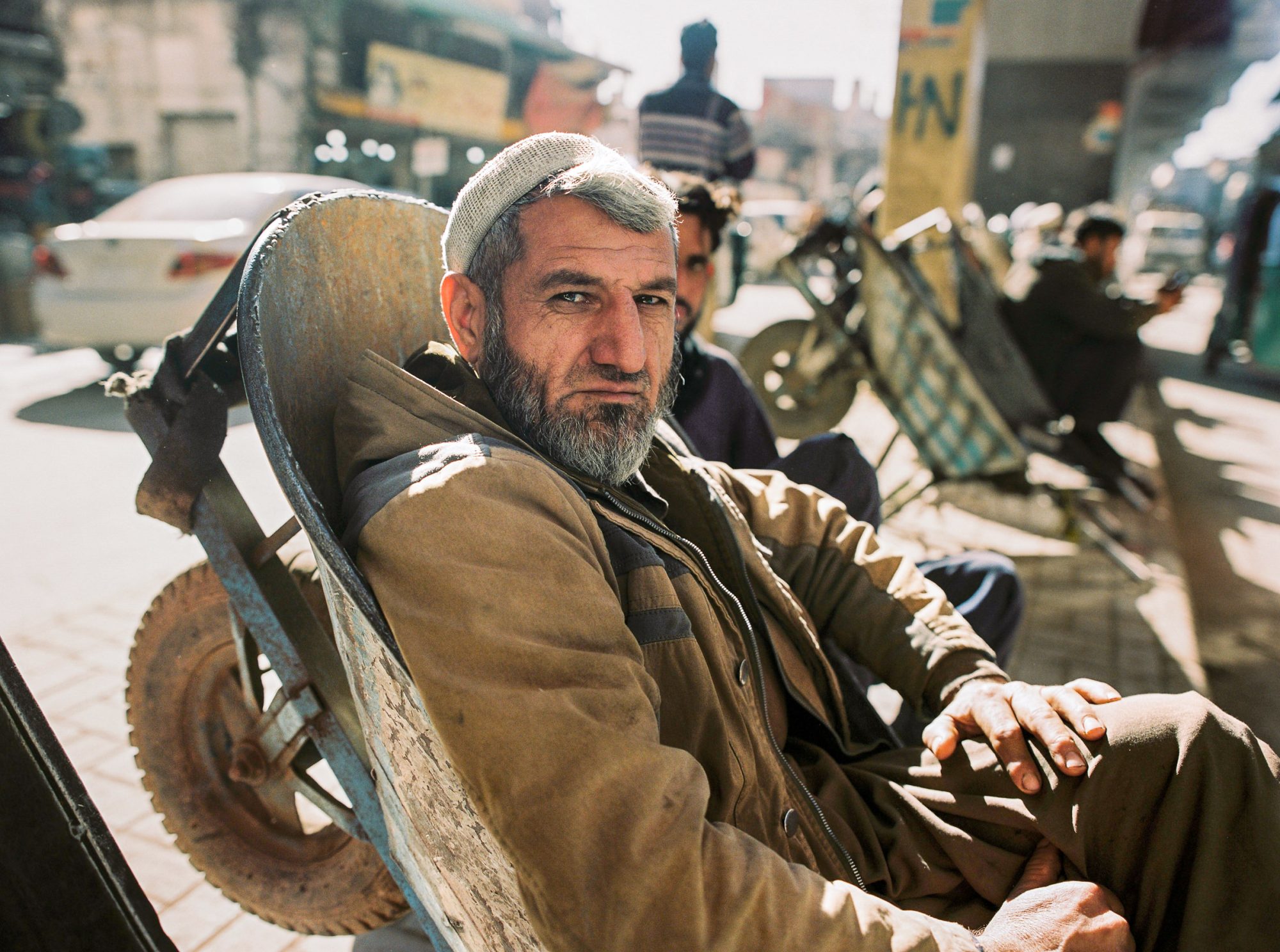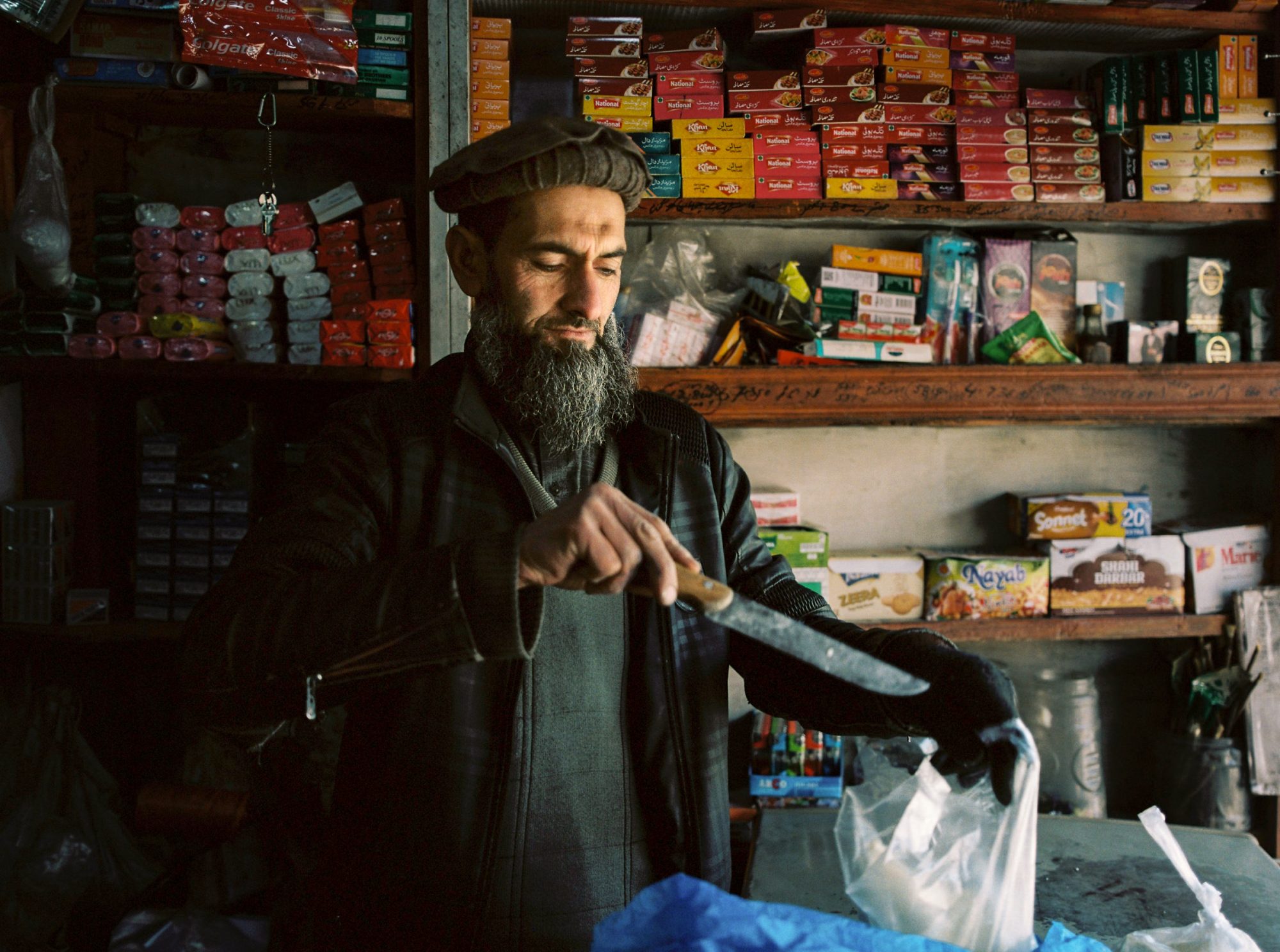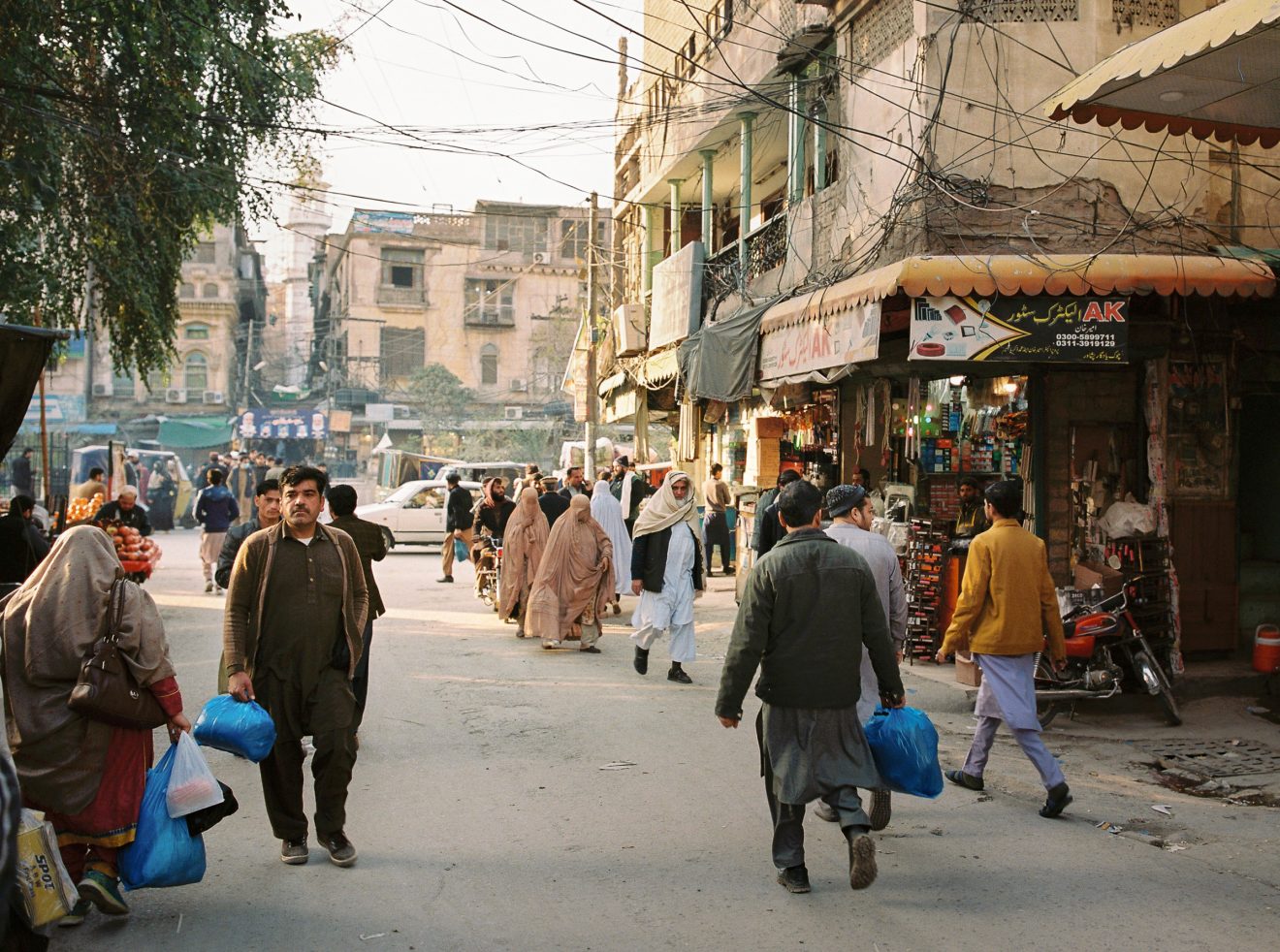10 Questions with Sylvain Bouzat
Back in 2019, we tried to gasp a bit of what Sylvain Bouzat saw and felt during his trip around Himalayas, the people he met and the conversations had with them. Four years later, he has taken his medium format camera to Pakistan and we had the privilege of processing these incredible portraits & travel film photos.
Never looking at the screen to validate the image and reassure yourself means detaching from the result and staying in the creative process of the present moment, trusting yourself.
We were intrigued and eager to learn more about his approach to documenting his journeys. So, our curiosity led us to a fascinating chat with him, during which he answered all of our questions and hopefully, yours as well!
10 QUESTIONS WITH SYLVAIN BOUZAT
WHAT MADE YOU GO TO PAKISTAN?
For several years, I have been trying to travel with my medium format camera to less touristy countries (such as Bhutan, Oman, Albania) or places in countries where few tourists go (such as remote valleys in Nepal or among the native Mexicans in Chiapas, for example). I also enjoy going to big cities and getting lost in neighborhoods where there are no major tourist attractions (like New Delhi, Kathmandu, Tirana).
As I mentioned at the end of this 2019 interview, Pakistan had already been on my mind. A last-minute opportunity arose, and I decided to go to Pakistan. 24 hours before my departure from Paris, I still didn’t have my entry visa. A good start for this new journey!
HOW DO YOU APPROACH TAKING PICTURES OF PEOPLE IN PUBLIC SPACES?
HOW DO YOU PICK YOUR SUBJECTS?
It depends on the country and I try to adapt to my destination. We don’t approach people in Morocco like we do in Mexico or Nepal. The first two days are often periods of transition and acclimatization. Once I have gathered information on customs and forbidden gestures (for example, touching a child’s head in Indonesia thinking it’s a friendly gesture), I try to approach people in a calm and kind manner, asking in their language for permission to take a portrait.
I am not expecting anything. If it’s a refusal, it’s not a big deal and I move on. I also like to stay in places where the light interests me and make myself forgettable. I remain vigilant to see the faces or people that interest me while interacting with my surroundings (merchants, children, etc.).
For my portraits, I choose people with expressive faces, as we say in French, “une gueule.” I also pay attention to clothing. I find it increasingly difficult to photograph people from distant countries wearing Western clothing or with brand logos. That’s why I have a lot of images of older people who still wear traditional or culturally rooted clothing from their country’s heritage. This allows for even more travel through the photos.
For candid photos, I try to be mobile and anticipate movements and light. This is the hardest part, in my opinion, as it’s difficult to be incognito, especially in a country like Pakistan armed with a medium format camera, where the number of tourists who spend their day on the street is close to zero! Like in India, people are very curious and constantly looking at you. Capturing candid and well-composed photos is not easy. You either have to be accepted into a group or location or be as discreet as possible.
HOW WAS THIS TIME DIFFERENT COMPARED TO OTHER LOCATIONS?
Pakistan is a relatively un-touristy country. The vast majority of tourism is high-altitude mountain tourism to K2. I knew that I wouldn’t come across many travelers, but to come across almost none was a real surprise. And I loved it.
No haggling, Pakistanis are absolutely thrilled to spend time with a foreigner. I was invited thousands of times to have tea, share a meal, chat, or just sit next to the locals. One person even paid for my meal in a restaurant without saying anything and walked away with a smile. I was blown away by the hospitality.
It should also be noted that the country is not the safest at the moment. The neighboring Taliban, who have retaken control of Afghanistan, seems to be gaining more confidence in Pakistan as well. The news is often dominated by bombings or attacks. In Peshawar, I had to be accompanied by an armed guard to move around on the street. It was a new experience for me.
I was able to take pictures in an Afghan refugee camp. It was another beautiful experience, although quite challenging in my eyes. These people are stuck in Pakistan on a barren land and want political asylum and refugee status. These Afghans all had skilled jobs, education, and were able to flee their country because they were earning a living. They end up sleeping under makeshift tents.
I am in contact with someone from the camp and I want to help them with my images and my perspective. I hope to return to this camp to continue this documentary work in film and present a coherent body of work showing photos of their daily lives.
WHAT WAS THE MOST CHALLENGING PART OF YOUR TRIP?
When I go on a trip, I try not to have a set itinerary. I like to leave myself the option of changing my plans at the last minute. This freedom allows me to really follow my instincts based on the weather and, above all, the people I meet.
I hadn’t really planned on going to the Himalayas and facing temperatures that dropped to -14 degrees Celsius in some places. I wasn’t equipped with clothes to handle the cold.
Especially since I quickly realized that it was quite difficult to find warm places: all the restaurants are open, everyone is in the street, the guesthouses/hotels only receive mainly Pakistani tourists who do not travel out of season, mainly in January, the coldest period. The “hotels” are therefore empty and very cold.
To move around in the mountains, the 4X4 had only a small tarp, no heating. In short, the constant cold was really very difficult for me. Especially for handling film with frozen hands. I now know what it’s like to face the cold, especially since I’m originally someone who feels the cold easily.
DO YOU HAVE A FAVORITE FILM STOCK & GEAR?
My heart film is Portra 800. I love its very warm rendering, especially when there’s beautiful light in the morning or evening. For me, there’s always a wow effect. Unfortunately, this film has become very expensive and I can’t afford to shoot a hundred rolls for each travel project.
So I settle for Portra 400, which I slightly overexpose. For me, it’s the film that adapts to a wide range of lighting situations and has a very homogeneous, warm rendering when well (over)exposed. It can also be pushed well when light is lacking. It’s the 4X4 of films in my eyes.
Having a large stock of Portra 160, I also used a lot of it on this trip. I always shoot it by pushing it +1. In places with diffuse light, I find that it has a particular, very retro rendering with brown tones in the shadows. I find it more demanding and less flexible.
I should try Kodak Gold 120 to lower the costs of each medium format project. I know that Jonathan Canlas has completely adopted it, but I haven’t yet been able to figure out his magic formula for exposing it at its best! I’ll have to do some testing this summer.
With digital photography, it’s clearly easier for capturing spontaneous moments. The focus and exposure are taken care of automatically, and you can take a burst of 10 shots and keep only the best one. Additionally, hybrid cameras are now very small, and you can flip the screen and hold it in front of your stomach while looking down. A friend of mine was able to photograph women in burqas with a telephoto lens without being noticed. I would never have been able to do this with medium format in the street.
BUT, the magic doesn’t work for me. Thinking intensively about each click, anticipating every movement, checking the light is being totally in the present moment in an intense way.
Never looking at the screen to validate the image and reassure yourself means detaching from the result and staying in the creative process of the present moment, trusting yourself.
Each image, even imperfect (a person’s foot cut off because he moved, a gaze turning towards the camera at the moment of capture for spontaneous moments, imperfect layering due to a single shot), gains strength, value, and meaning in my eyes. Each shot is so well thought out that even a month after receiving the scans, I can put each photo in order by remembering each moment precisely. This is not possible in digital, where once the counter starts going, you lose track of the present moment by absorbing too many images in the viewfinder.
WHAT ADVICE WOULD YOU GIVE TO SOMEONE WHO WANTS TO START SHOOTING?
I would advise starting with just one type of film after carefully considering what the person wants to shoot. (For example, inexpensive Kodak Gold or HP5 for black and white.) By shooting the same film multiple times and carefully noting the settings used for each shot, the person can understand what they are doing and how their images react to their choices at the time of shooting.
From there, the photographer can try other films and progress in his journey.
I would also recommend always having a light meter if you want a consistent look throughout your images. By precisely and regularly measuring the light, your work will be consistent in terms of look. Unless you want a more rock ‘n’ roll approach and let your creativity run wild, I always recommend using a light meter. Even the best photographers who can still estimate light with their eyes always carry a light meter, it’s not just for the fashion statement!
My final piece of advice would be to never give up. You may sometimes be disappointed with the images you produce, and that’s normal. Progress is made through repetition and taking pictures, click after click. This happens to me with every film project, and we learn to be kinder to ourselves (self-care).
ANY ADVICE FOR PHOTOGRAPHERS CONSIDERING TRAVELING TO PAKISTAN OR OTHER LESSER-KNOWN DESTINATIONS?
Hmm, a slightly difficult question. It depends on each person and the style of travel they have already experienced. For someone who has already traveled extensively with a backpack, who is comfortable with transportation, crowds, and curious about other cultures, there won’t be any particular issues, especially for street life in Peshawar, for example.
Another person who does well-organized trekking can also travel very easily to tourist areas in Pakistan dedicated to high mountain sports, which also attract a fair number of mountaineers. This specific tourism has certainly influenced the organization of lifestyles to receive these athletes and offer them more adapted services.
If I talk about my experience, which is clearly about experiencing street life and the locals, one must already be accustomed to human relations with strangers, remain in a state of mind of kindness and without judgment. (Judgment of local life or customs, dress codes, habits, or ways of doing things sometimes diametrically opposed to our values and practices.) This is sometimes not so simple, the human brain (especially Western) is sometimes well-conditioned and resists. One must be aware of this and not cling to it, and everything goes well by letting go and keeping a childlike spirit of discovery. Everything becomes easier and more fluid.
In a broader sense, I would say to make sure to obtain a visa before traveling to Pakistan and not to forget warm clothing during the winter season!
THE MOST DREADED QUESTION: DO YOU HAVE A FAVORITE SHOT FROM THIS TRIP?
My favorite photo from Pakistan is a photo of a street in Peshawar. Technically, there’s nothing exceptional about this photo – it’s a photo that anyone could take. But for me, it captures the atmosphere that I loved in Peshawar and makes me feel a sweet nostalgia.
It’s a beautiful late afternoon light, with a lot of people in the street but there’s a calm and serenity that I really like. The bounce of colors between the dominant yellow that responds to the blue of the plastic bags, and the women in burqas moving through the image.
I have other photos that are stronger, better composed, with interesting graphic elements or also intense portraits, but this image provokes a lot of sensations in me, and that’s why I think it’s the most beautiful in my eyes, the one that makes me want to relive that specific moment 100%.
YOU ASK US A QUESTION 🙂
How do you at Carmencita Film Lab work precisely on images that come from different photographers, who have very different shooting styles and ways?
I am always impressed by the differences in images and looks produced, while still being precise in delivering work that meets my expectations (especially for this project in Pakistan!)
Thank you for your incredible work and our always positive exchanges to achieve the desired result!
We follow a 2-steps color correction process. The first step takes place in the scan station, where we make basic adjustments to the image. The second step is performed by our editing team, who tailor the adjustments to the photographer’s individual preferences.
This is where our database comes in handy 😉 Whether they’re amateurs or pros, we keep a register with all of our clients’ profiles. We have kept track of each photographer’s preferences and specific requests, since each one has their own unique style.
However, the most crucial element of our workflow is communication! It is through ongoing communication between our clients and our lab that we are able to deliver the best possible results.
☞ Check Sylvain’s Instagram feed for more photos!
☞ Check our Instagram feed for more amazing artists!



